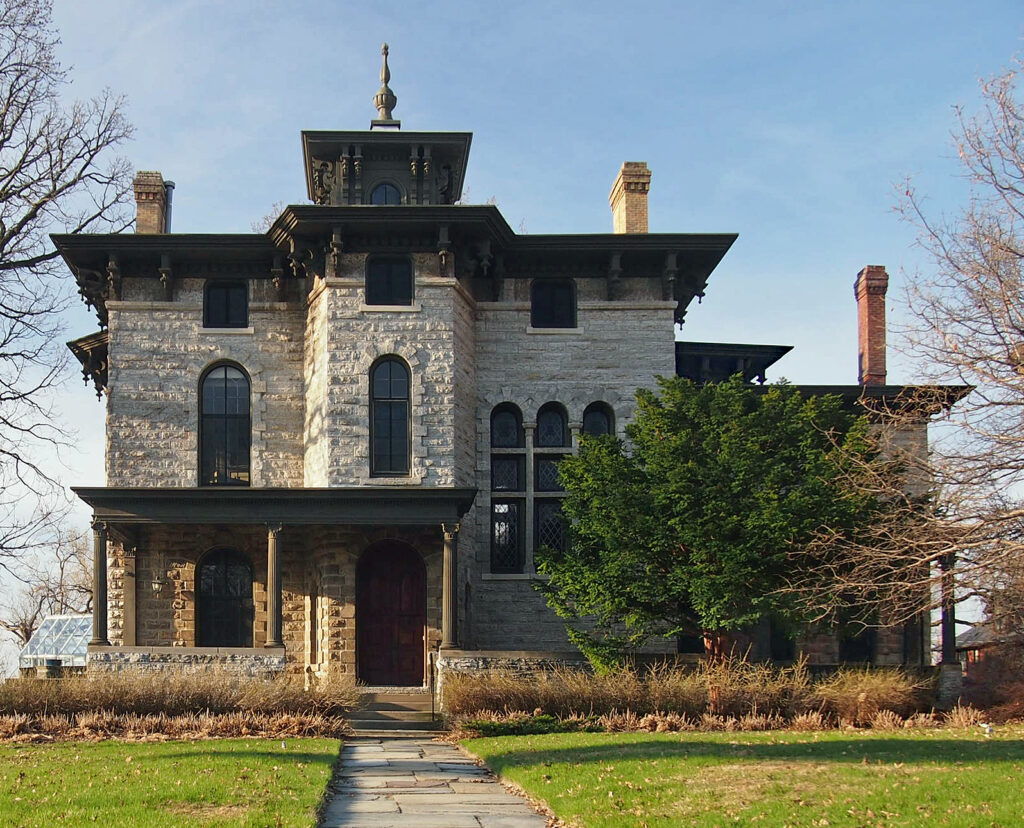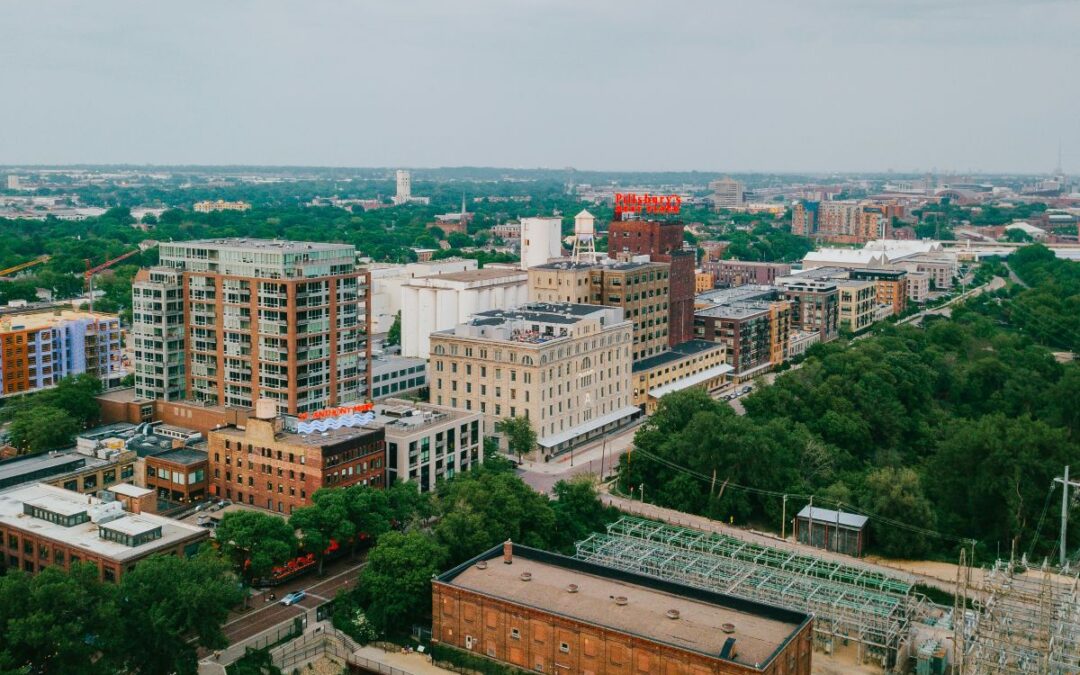Summit Avenue in St. Paul, Minnesota, stands as a testament to the grandeur of Victorian architecture in the Twin Cities. Stretching approximately 4.5 miles from the Mississippi River to the Cathedral of St. Paul, this historic boulevard showcases a rich tapestry of architectural styles and has been home to many notable figures.
A Historical Overview
The origins of Summit Avenue date back to the early 1850s when St. Paul was in its formative years. The first residence on the avenue was built by Edward Duffield Neill, marking the beginning of a trend where affluent individuals constructed opulent homes overlooking the city.
Development accelerated in the 1880s, especially after the introduction of city water services in 1884 and the establishment of a cable car line on Selby Avenue in 1887, which improved access to downtown St. Paul. By the turn of the century, Summit Avenue had become a fashionable address for the city’s elite.
Architectural Styles Along Summit Avenue
Summit Avenue is renowned for its diverse architectural styles, each reflecting the tastes and influences of its era.
Italianate Style
In the 1860s and 1870s, the Italianate style gained popularity. Characterized by low-pitched roofs, tall windows, and ornate brackets under wide eaves, this style was inspired by Italian Renaissance villas.
A prime example is the Burbank–Livingston–Griggs House at 432 Summit Avenue, built in 1862. Designed by architect Otis L. Wheelock, this residence features arched bay windows and a bracketed cornice, embodying the Italianate aesthetic.

Image credit: McGhiever, CC BY-SA 3.0, via Wikimedia Commons
Queen Anne Style
The 1880s saw the rise of the Queen Anne style, known for its asymmetrical facades, decorative gables, and multi-textured wall surfaces. The Frederick Driscoll House at 266 Summit Avenue, constructed in 1884, exemplifies this style with its conical turret and high-pitched roof adorned with dormers and chimneys.
Romanesque Revival
The Romanesque Revival style, popular in the late 19th century, is marked by heavy stone construction, rounded arches, and robust, fortress-like appearances. The James J. Hill House at 240 Summit Avenue, completed in 1891, is a quintessential example.
Designed by the firm of Peabody, Stearns, and Furber, this massive red sandstone mansion features intricate woodwork and stained glass, reflecting the wealth and influence of its original owner, railroad magnate James J. Hill.
Beaux-Arts and Classical Revival
At the turn of the century, Beaux-Arts and Classical Revival styles became prevalent. These styles emphasized symmetry, classical details, and grandiose forms. The Cathedral of St. Paul, located at 239 Selby Avenue near Summit, is a prominent example.
Designed by Emmanuel Louis Masqueray and completed in 1915, the cathedral’s design was heavily modeled on the baroque St. Peter’s Basilica in Vatican City and follows the traditional Greek Cross floor plan with many baroque-inspired flourishes.

Image credit: John Nail via Pexels
Notable Residents and Landmarks
Summit Avenue has been home to several prominent figures. Author F. Scott Fitzgerald resided at 599 Summit Avenue, known as Summit Terrace, where he completed his first novel, “This Side of Paradise.” This residence is a National Historic Landmark and reflects the Romanesque Revival style.
Another significant landmark is the Minnesota Governor’s Residence at 1006 Summit Avenue. Built in 1912, this Georgian Revival mansion has served as the official residence for Minnesota’s governors since 1965.
Preservation and Legacy
Despite facing challenges during the Great Depression, when many mansions were converted into boarding houses or left vacant, Summit Avenue has retained much of its historic character. Preservation efforts in the latter half of the 20th century led to the restoration of many properties.
Today, Summit Avenue is part of two National Historic Districts: the Historic Hill District and the West Summit Avenue Historic District. In 2008, the American Planning Association recognized Summit Avenue as one of America’s “Great Streets,” highlighting its architectural significance and well-preserved state.
Walking tours are a popular way to experience Summit Avenue’s splendor. These guided tours offer insights into the history, architecture, and notable residents of this remarkable neighborhood. Several organizations offer tours, including the Minnesota Historical Society.
Beyond the Architecture
While the architecture is undoubtedly the main attraction, Summit Avenue offers more than just visual delights. The avenue is lined with mature trees, creating a canopy of green that provides shade and tranquility. It’s a popular destination for walking, jogging, and cycling, with stunning views of the Mississippi River and the downtown skyline.
The neighborhood also boasts a thriving cultural scene, with art galleries, antique shops, and bookstores adding to its charm. The Grand Avenue business district, located just a few blocks from Summit, offers a variety of dining and shopping options.
Exploring Summit Avenue Today
Visitors can experience the grandeur of Summit Avenue through walking tours that delve into its architectural and social history. The Minnesota Historical Society offers guided tours starting at the James J. Hill House, providing insights into the avenue’s development and the stories behind its iconic residences.
For those interested in a more personalized experience, private walking tours are available, offering in-depth explorations of the Victorian homes and the notable figures who once inhabited them.
More local insights here:


